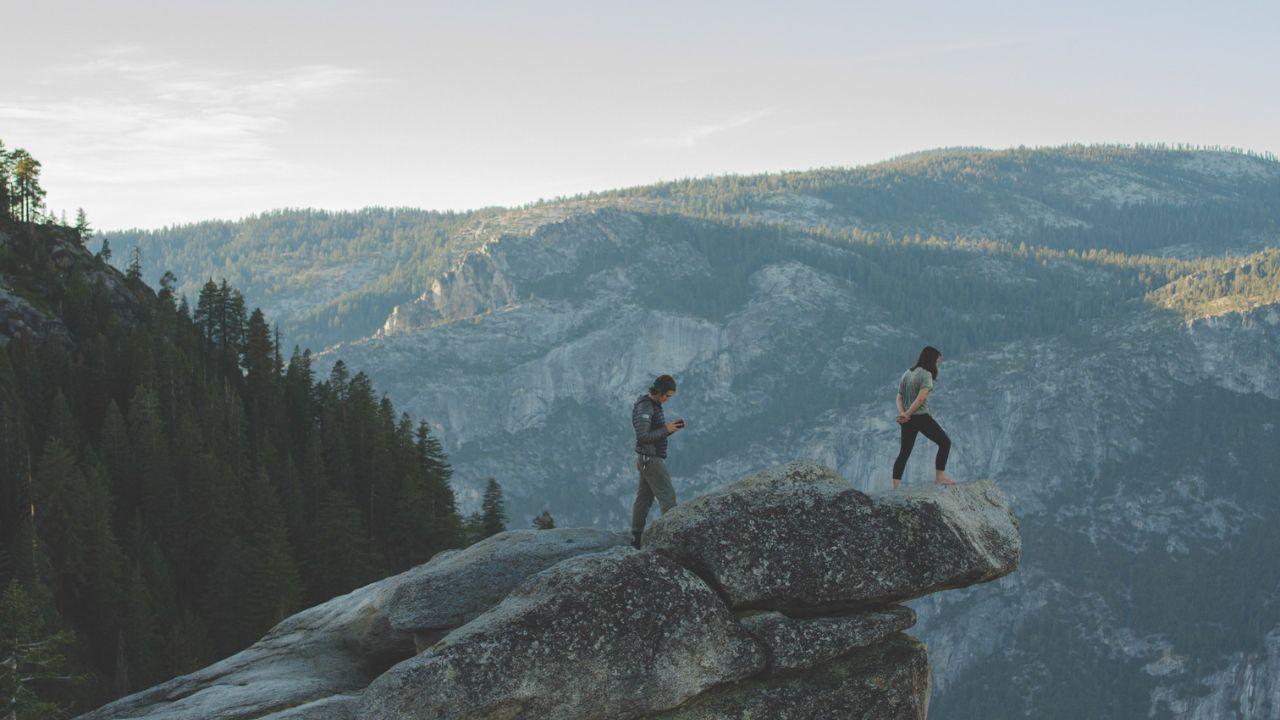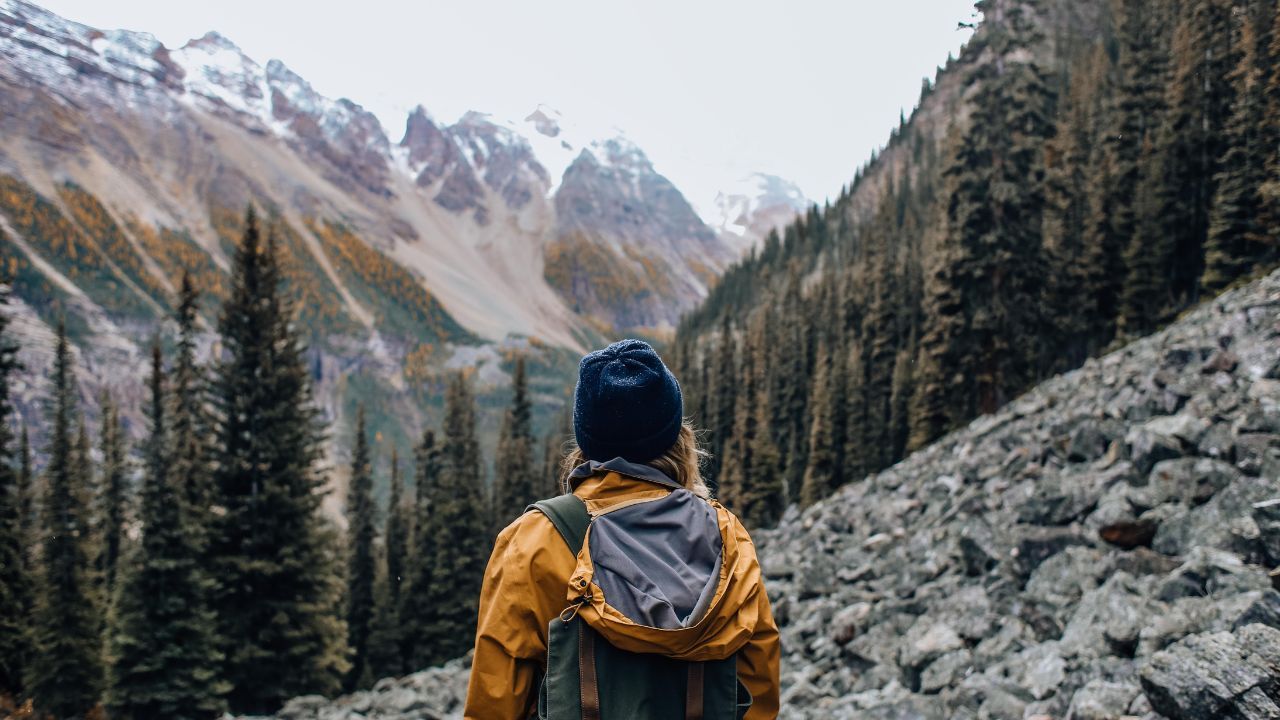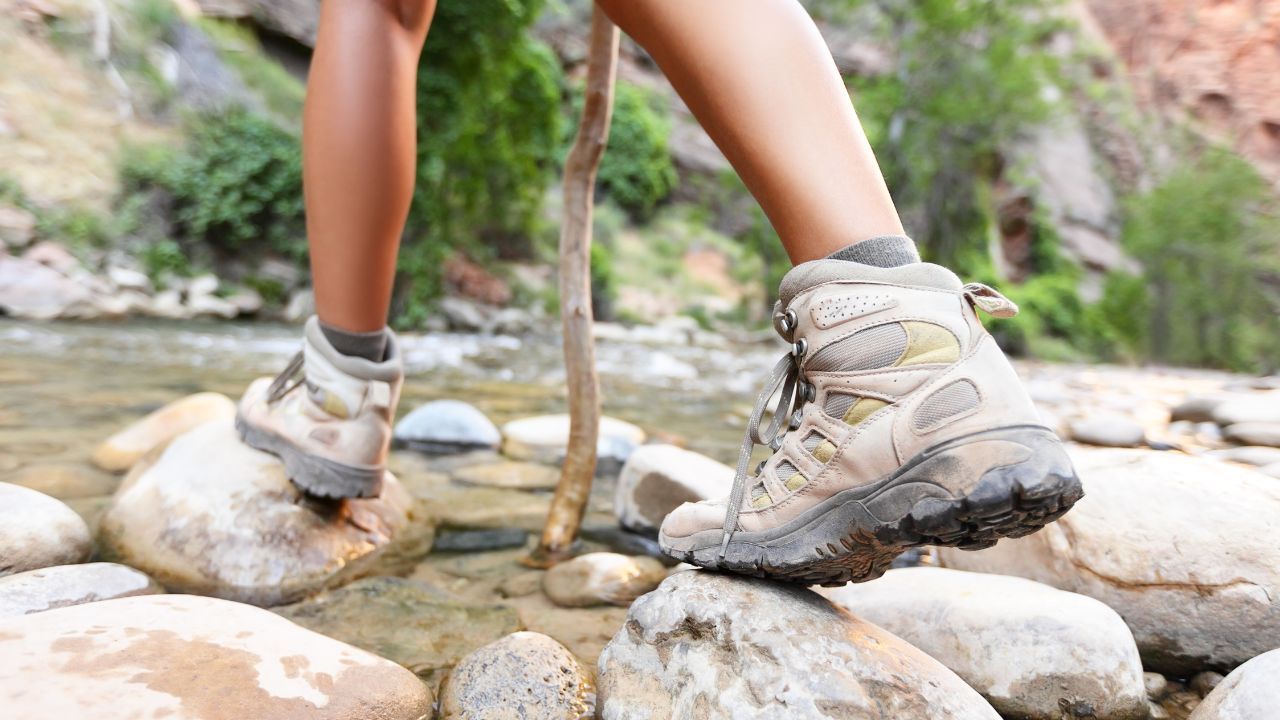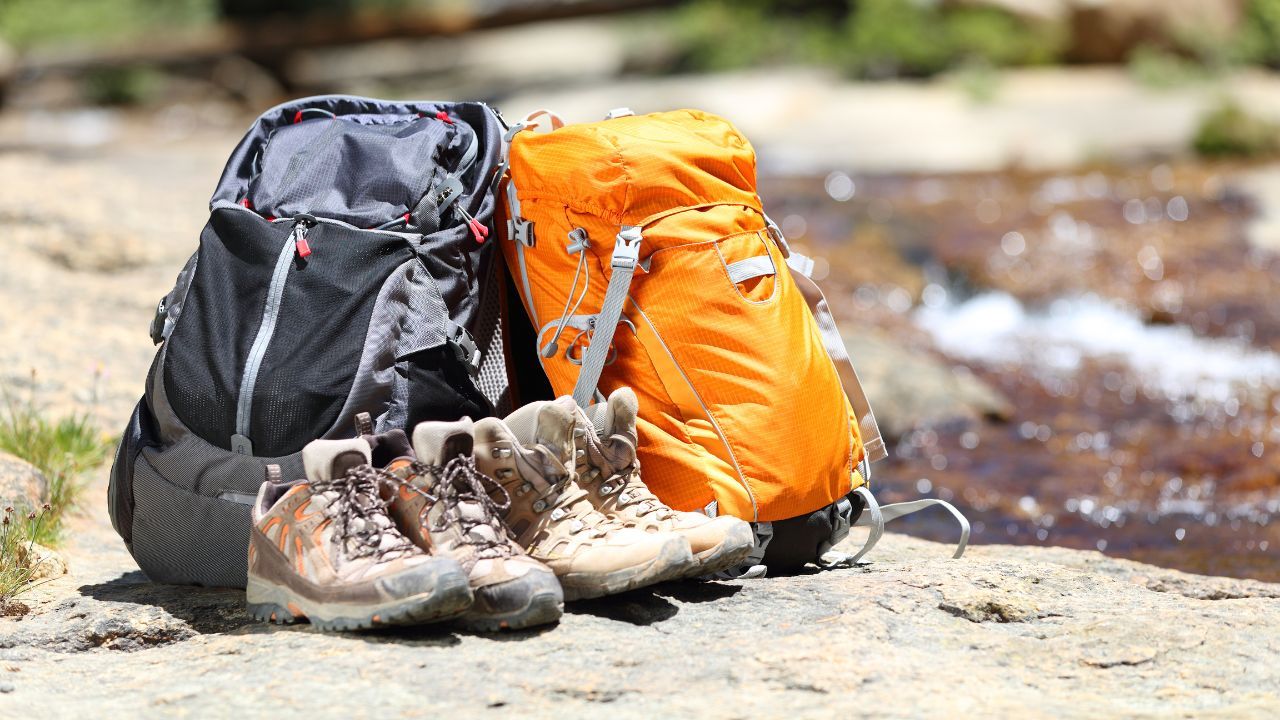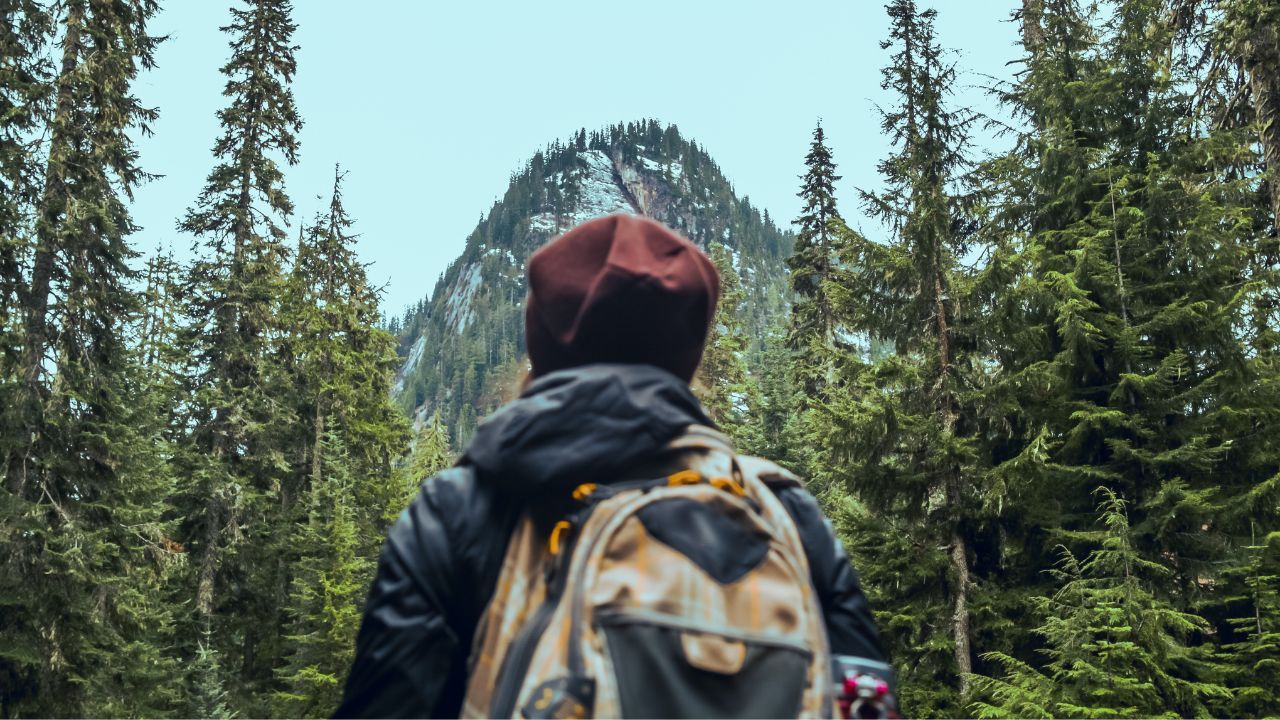
What is Hiking: The Mountains Are Calling!
Looking to discover the joy of hiking? Our article covers everything from beginner tips to benefits and more. Get ready to hit the trails!
Hiking is a popular outdoor activity that combines physical exercise with breathtaking views of nature.
In simple terms, hiking is a long vigorous walk in the wilderness, usually on trails or paths. Hiking can be done on any terrain, from easy to challenging, and it can be enjoyed by people of all ages and fitness levels.
Defining Characteristics of Hiking
The key characteristics of hiking that make it different from other forms of walking are the length and terrain of the walk.
Hiking is usually more strenuous and time-consuming and involves walking across long distances on uneven terrain within a natural environment such as mountains and forests. It requires stamina, proper gear, and navigational skills to complete.
Hiking trails are typically marked and maintained by park rangers, local hiking clubs, or outdoor enthusiasts.
History of Hiking
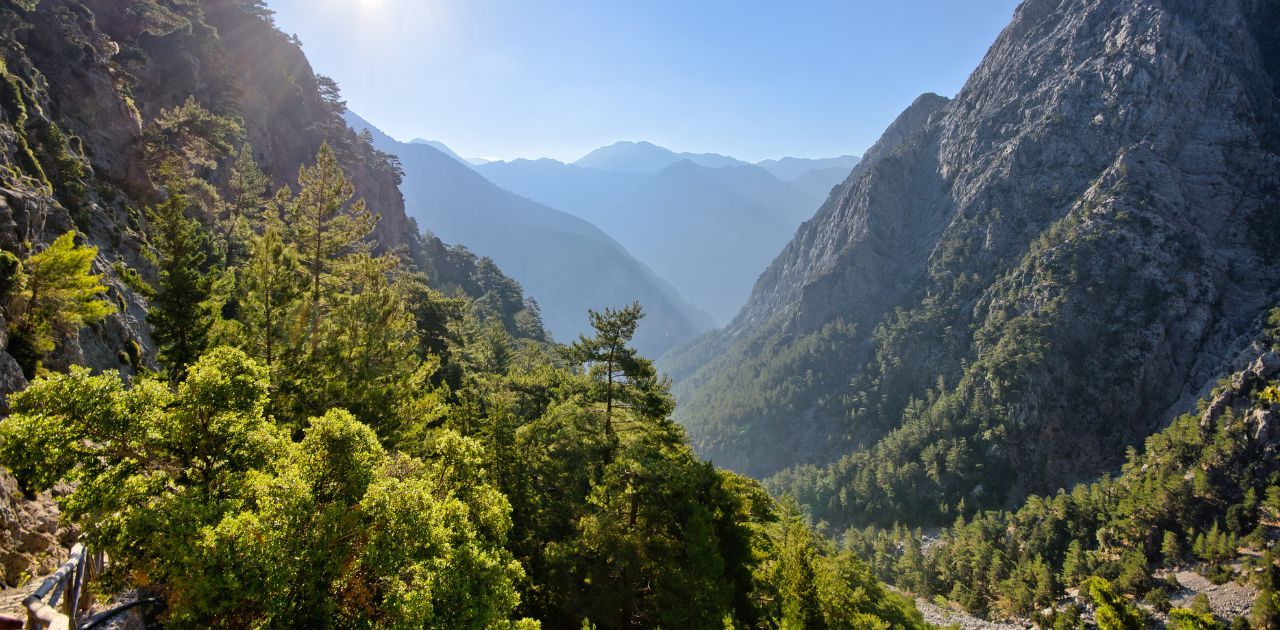
Hiking has been a part of human history for thousands of years.
- Ancient Egyptians, for example, hiked on pilgrimages to religious sites, while Native Americans hiked as a means of hunting or gathering resources.
- The ancient Greeks were also known for hiking, calling it "mountain climbing" and considering it a form of spiritual purification.
In Europe, hiking became a popular leisure activity in the 18th century, with the British aristocracy leading the way. They were drawn to the mountains and countryside for the fresh air and scenic views.
Mountain climbing and hiking became a form of adventure sport by the end of the 19th century, with several famous climbers such as Edward Whymper and Sir Edmund Hillary gaining international recognition.

In the United States, hiking became popular in the late 19th century with the establishment of national parks and public lands.
- The development of efficient transportation through steamboats and trains allowed people to travel long distances to explore the great outdoors.
Fast forward to the present day, hiking has become more accessible and appealing to people of all backgrounds and ages, and the reasons for its popularity have evolved.
- People have started hiking as a way to disconnect from technology and connect with nature, offering not just physical but also mental health benefits.
- The growth of social media and websites like Meetup allows hikers to connect with like-minded individuals and join organized hikes in their communities.
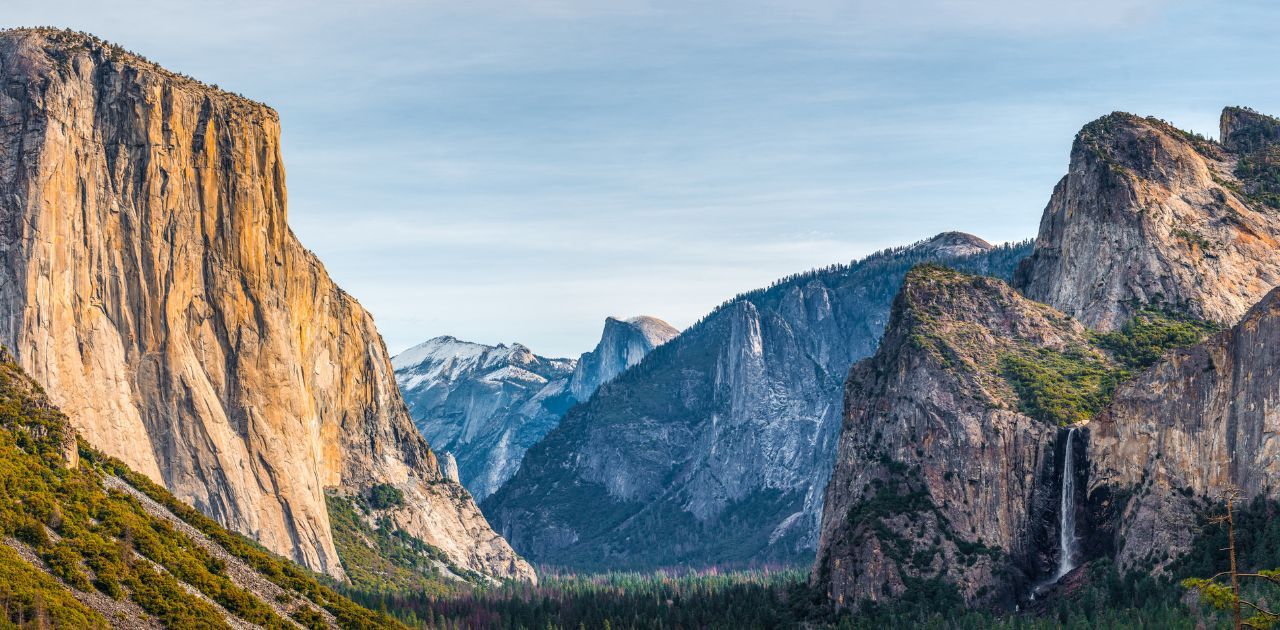
Moreover, hiking has become a preferred form of physical activity for people who may not enjoy traditional gym workouts.
- Hiking is highly customizable, as there are trails of varying difficulty levels, lengths, and terrain.
- Additionally, hiking is an eco-friendly way to explore nature and can be a family-friendly activity as well.
Physical and Mental Health Benefits of Hiking
Let's face it, we all know that exercising is good for us, but when it comes to hitting the gym or staring at a blank wall while on a treadmill, we can't help but let out a deep sigh. However, when it comes to hiking, you'll forget you're even exercising!
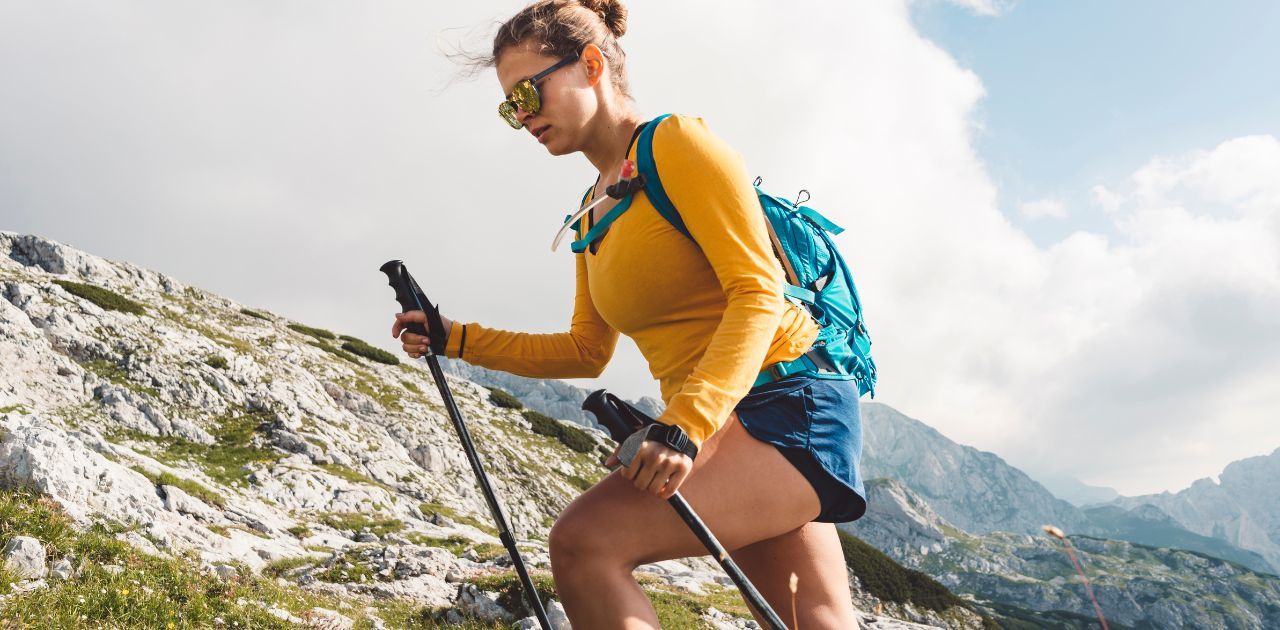
Hiking is a fantastic way to get your body moving and reap physical and mental health benefits. Here are some reasons why hiking should be your next workout:
- Enhancing cardiovascular health: Hiking is a great aerobic workout that gets your heart pumping and improves blood circulation. It helps in lowering your risk of cardiovascular diseases as it strengthens your heart muscles and increases its efficiency.
- Improving muscle strength and tone: Hiking involves a lot of walking uphill which can strengthen your lower body muscles, including, hamstrings, calves, quads, and glutes. In addition to stronger leg muscles, carrying a lightweight backpack while using trekking poles can also tone the muscles in your arms, back, and shoulders.
- Boosting immune function: Hiking outdoors exposes you to fresh air, sunshine, and Vitamin D which all play a crucial role in boosting the immune system. Long-term exposure to nature also enhances our body's ability to ward off diseases.
- Reducing the risk of chronic diseases: Hiking helps control your blood sugar levels, blood pressure, and cholesterol levels, thus significantly reducing your risk of chronic diseases like diabetes, heart disease, and stroke.
- Providing an opportunity for socialization: Hiking is a great activity to spend time with friends and loved ones. It promotes communication, and the shared experience of reaching a scenic viewpoint or discovering a hidden waterfall can strengthen relationships.
- Reducing feelings of anxiety and depression: Hiking is known to improve mental health by releasing endorphins, reducing stress levels, and giving you a break from daily activities. The beauty of nature has a calming effect on the mind and body, and studies have shown that hiking can significantly reduce anxiety and depression symptoms.
- Boosting creativity due to exposure to natural surroundings: Surrounding yourself with nature triggers our senses and intrinsic curiosity, which can boost creativity and help in problem-solving. Hiking in wildlife can also give you a deeper appreciation for all things wild.
Different Types of Hiking
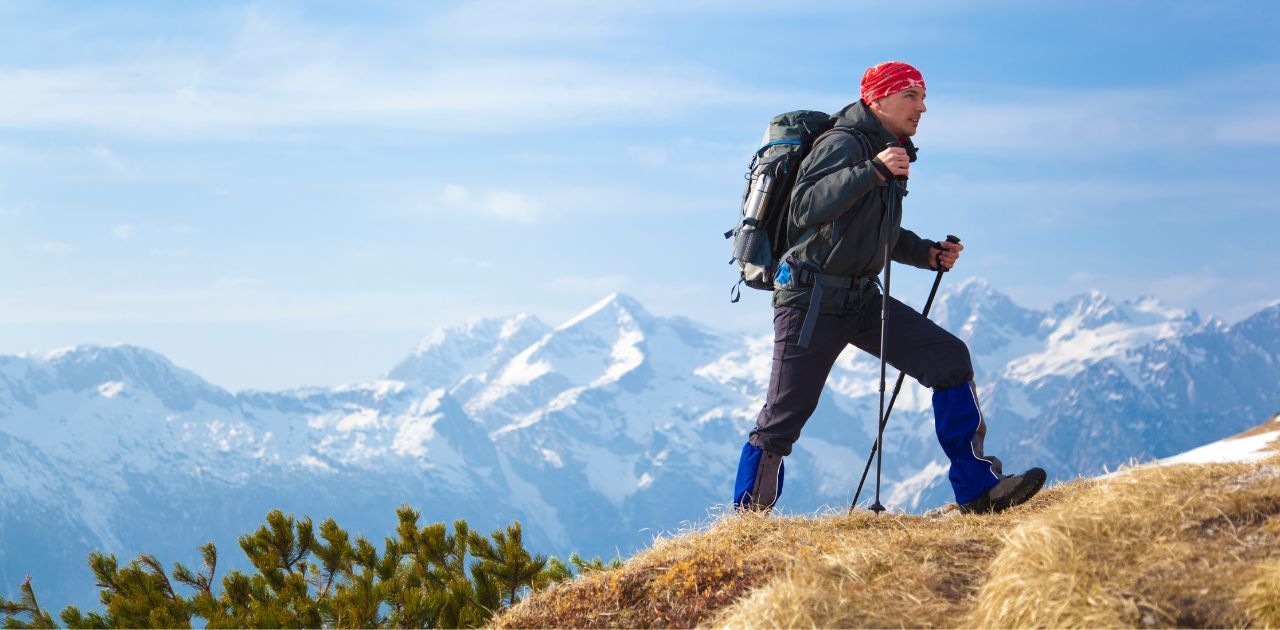
When it comes to hiking, one of the many benefits is the variety of hikes that are available to suit any hiker's preference. Whether you're a beginner or an experienced adventurer, there's a trail for you. Here are some of the most popular types of hiking you can explore:
- Day hikes: Short and sweet, day hikes are perfect for a quick outdoor adventure. They usually take a couple of hours to complete and are suitable for beginners or families with children. You can find day hikes in local parks or national forests, and they're a great way to get a taste of the outdoors.
- Overnight hikes/Backpacking: For those seeking a more immersive experience, an overnight hike is the way to go. Backpacking allows you to explore further than day hikers and experience a night in the wilderness. You'll need camping gear and supplies and should plan your route well in advance.
- Summit hikes: Seeking stunning views from the summit of mountain peaks? Then this activity, known as peak bagging or summit hiking, is just for! Summit hikes can be challenging as they involve steep inclines and elevation gains. Be prepared with proper hiking gear, nutritious snacks, and a sense of adventure.
- Loop hikes: Loop hikes take you on a circular route, allowing you to see new terrain with each step. These hikes can range from easy to challenging, and they offer a fun way to explore new landscapes.
- Out-and-back hikes: Out-and-back hikes take you on a single path that leads to a specific destination and back the same way you started. They're usually moderate in difficulty and good for those wanting to explore multiple destinations in one trip.
- Point-to-point hikes: For experienced hikers looking for a challenge, a point-to-point hike is an excellent option. These hikes go from point A to point B, allowing you to explore a long-distance trail. You'll need to plan your route well in advance, arrange transportation, and take enough supplies to last for the duration.
How to Choose the Right Hiking Trail
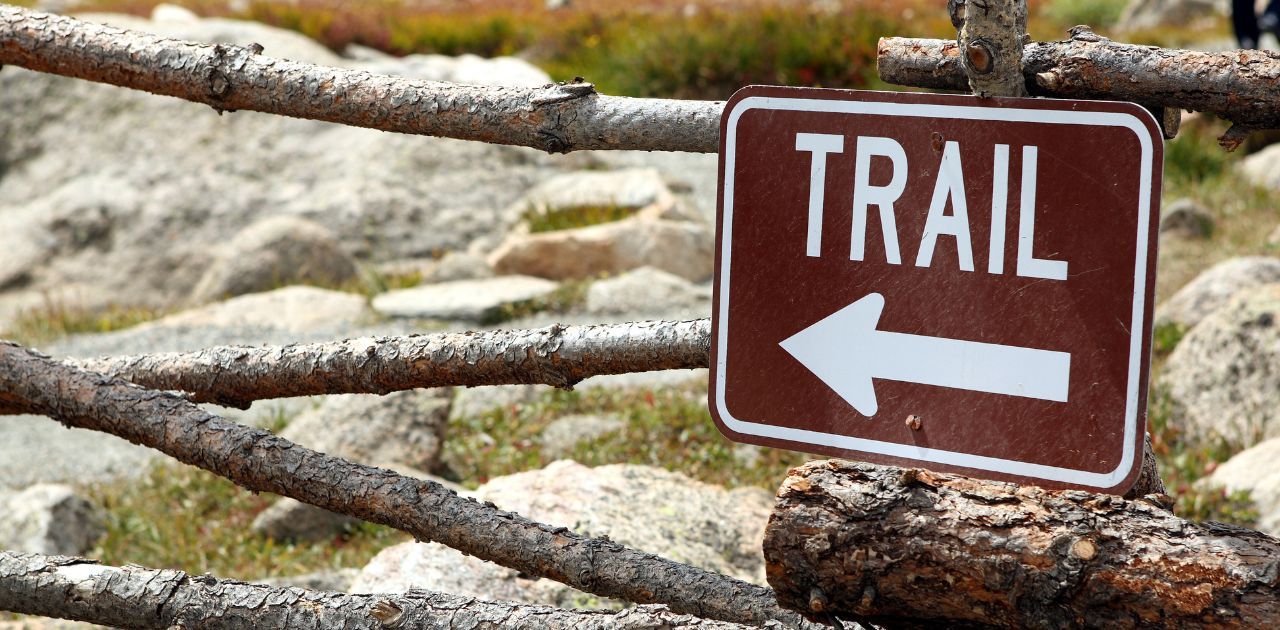
So, you've decided to set out on a hiking adventure, but how do you choose the right trail?
With so many options, it can be overwhelming, but it's important to select a trail that fits your skill level, fitness level, hiking goals, and the gear you have. Here's how to choose the right hiking trail for you:
- Skill level: Consider your experience level and choose a hiking route that is suitable for your skills. It's always best to choose easy trails if it's your first time hiking, and you're not much of a fitness freak. Keep in mind you can work your way up to more challenging hikes as your skills progress.
- Fitness level: Consider your fitness level as some trails can be more physically demanding than others. If you're not in good shape or have health concerns, it's best to choose a trail that's more manageable in terms of elevation and duration. As time goes on, you can then progress into longer or more challenging hikes.
- Hiking goals: Are you looking for an easy, scenic hike with a rewarding view, or do you want to challenge yourself with a more strenuous hike? Consider your goals for the hike and choose the trail that aligns with them.
- Equipment and clothing: Hiking requires specific gear, such as proper shoes, a backpack, and appropriate clothing. Ensure your gear is suitable for the trail you choose.
- Duration and elevation: Be sure to check the duration and elevation gain of the trail before heading out. It's important to choose a trail that fits the time you have available and is appropriate for your fitness level.
- Weather conditions: The weather is an important factor when choosing a trail. Research the weather forecast and choose a trail that's appropriate for the conditions. And always be prepared for unpredictable weather by checking the weather closer to your hike, and packing adequately for it.
What to Pack for a Day Hike
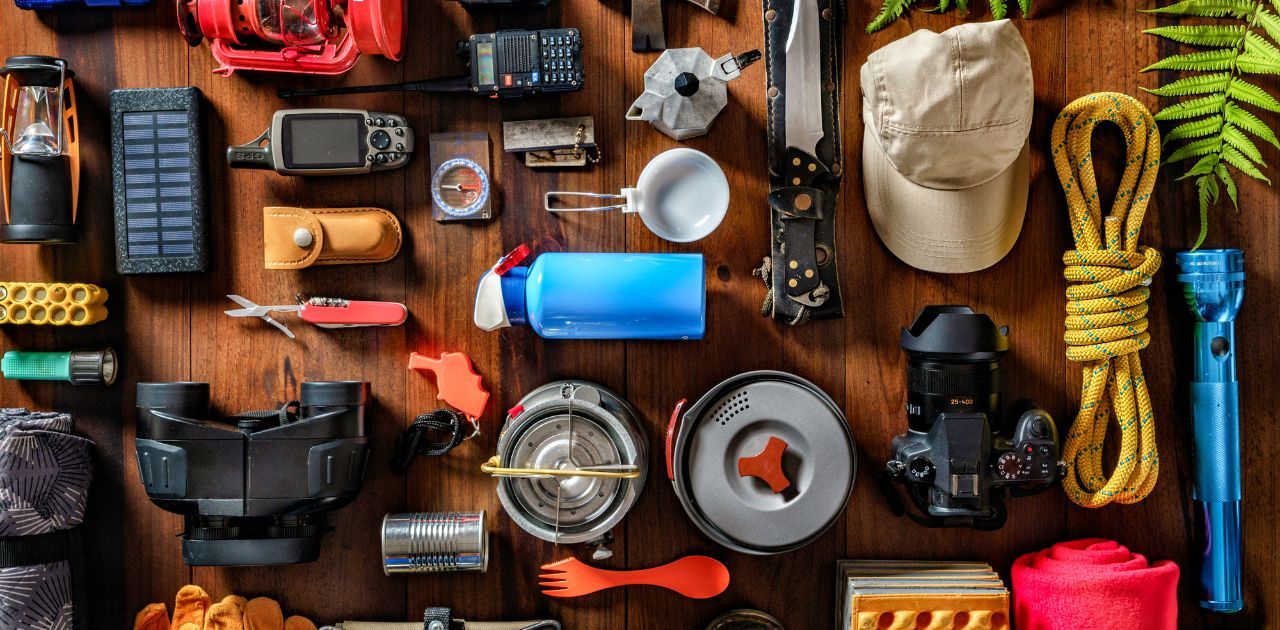
Now that you've chosen your trail, it's time to pack for your adventure! Here are some essential items that every hiker should pack, regardless of the length or difficulty of the trail:
- Water: Staying hydrated is crucial when hiking. Bring enough water to keep you hydrated throughout the hike.
- Food or snacks: It's essential to pack light, nutritious snacks or meals that can keep you energized throughout the hike. Think of energy bars, fruit, nuts, and trail mix as some basic options to bring along.
- Adequate footwear: Having the right footwear is crucial for preventing injury and ensuring you're comfortable throughout the hike. Choose hiking shoes or hiking boots that are comfortable, lightweight, and have good traction. Essential for rough terrain.
- Proper clothing layers: Dress appropriately for the weather conditions and for the trail's elevation. Wear moisture-wicking clothing, layer up, and bring a rain jacket in case of unexpected weather.
- First-aid kit: Ensure you have a basic first-aid kit that includes essentials such as bandaids, antiseptic wipes or creams, and pain relievers.
- Navigation sources, such as a map or GPS: Always account for unexpected changes in the trail and bring navigation sources in case of getting lost.
- Sunscreen and bug spray: Don't forget to protect yourself from the sun's harmful rays and keep pesky bugs away.
- Emergency whistle or signaling device: Prepare yourself for any unlikely scenario by packing signaling devices that can be quickly spotted by rescue teams.
- Flashlight or headlamp: You never know if you'll be out longer than expected so it's always a good idea to have a lightweight flashlight or headlamp in your backpack.
Guidelines for Beginner Hikers
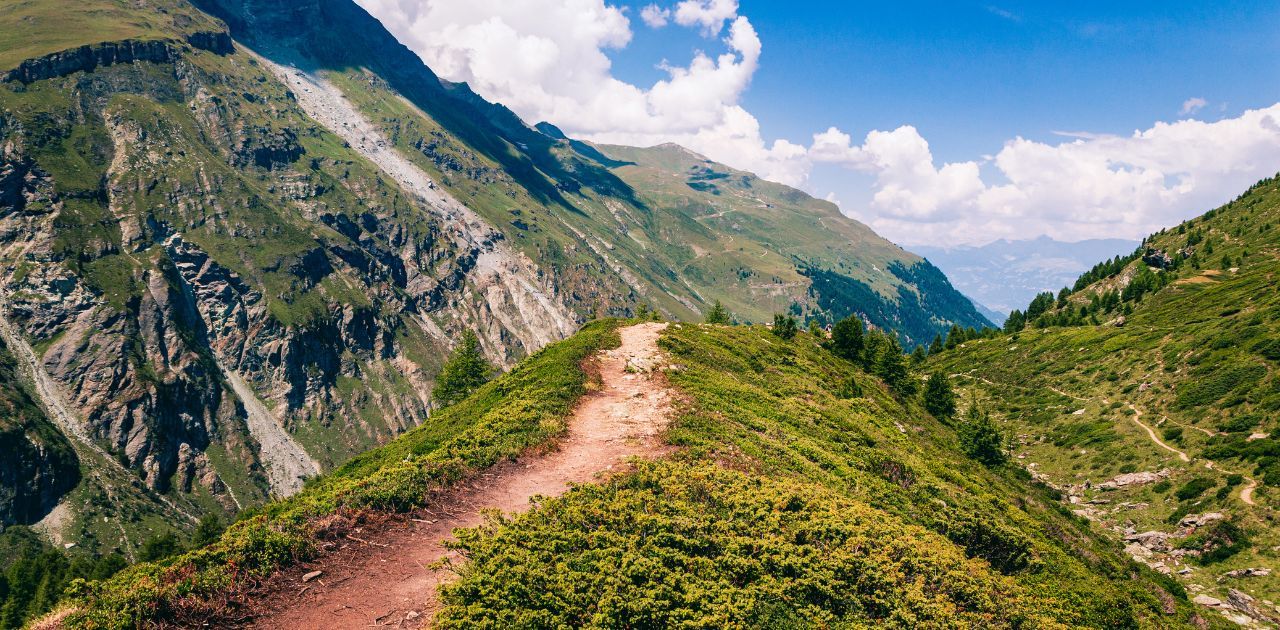
- Ease into it: Start with easy hikes and gradually increase the difficulty level. There's no need to go all out on your first hike. Take it easy and build up your stamina before tackling more challenging routes.
- Know your physical limits: Hiking can be physically demanding, so be honest with yourself about your abilities. Don't push yourself too hard and risk injuring yourself. Listen to your body and take breaks when you need them.
- Hike with a partner/group: Hiking with others can enhance the experience and provide an extra layer of safety. Plus, it's always more fun to share the journey with others!
- Inform someone: Before you head out, let someone know where you're going and when you expect to be back. This is especially important if you're hiking alone. In case of an emergency, someone will be able to notify the authorities and start a search and rescue operation.
- Stay on designated trails: Trails are designed to keep hikers safe, so don't wander off the beaten path. Straying from designated trails can increase your risk of injury and harm the ecosystem.
- Leave no trace: Respect nature and pack out all of your trash. Don't leave plastic bottles or food wrappers out on the trail. Assume a "leave no trace" policy and pick up any trash you see.
- Respect wildlife: You're a guest in their home, so treat animals and their habitats with care. Observe animals from a distance and don't interfere with their feeding, mating or nesting habits.
Bottom Line
Hiking is an enjoyable activity that can be enjoyed by anyone of any skill level. Taking the necessary precautions and having the right gear will ensure a safe and successful hike.
Always remember to respect the trails, environment, and wildlife when out on your hikes. With preparation, respect for nature, and a sense of adventure, you're sure to have an amazing and memorable outdoor experience.
So, grab your gear and get out there! Happy hiking!
Additional Resources
Further Reading...
